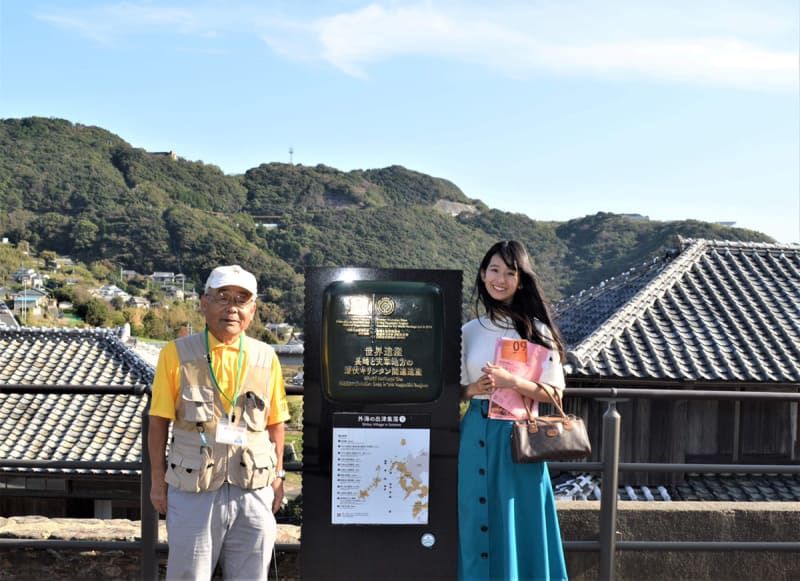HOME > Japan’s Local Treasures > Hidden Christian Sites of Sotome
Learn the history of the Hidden Christian sites in Sotome
Nagasaki International Convention & Visitors Association

The Sotome region of Nagasaki Prefecture is famous for its historically important "Hidden Christian" ruins. Christianity arrived in Japan via the trading port of Nagasaki in the 16th century, but was violently suppressed in the 17th century and survived as a secret religion in this region.
Walk through the Sotome area with a volunteer guide. Your guide will tell you about Father de Rotz, a French missionary who dedicated his life to spreading the teachings of Christianity to Hidden Christians and the Sotome people. Then, with your guide, head to the Sotome Folklore Museum, Shitsu Church, and Father de Rotz Memorial Museum. The Sotome History and Folklore Museum exhibits a wide range of the history, folklore, and culture of the Sotome area.
Sotome also features the impressive Shitsu Church, which was designed and constructed by Father de Rotz, and the Father de Rotz Memorial Hall, which was built to honor Father de Rotz's wonderful achievements.

How to get there
Travel from Hakata Station to Takeo Onsen Station via the limited express train (approx. 1 hour), then travel from Takeo Onsen Station to Nagasaki Station via the Nishi-Kyushu Shinkansen (20 minutes).
Take the bus bound for Sakura no Sato Terminal from the Nagasaki Ekimae bus stop and get off at the last stop, Sakura no Sato Terminal (about 45 minutes).
Change to the train bound for Oseto/Itanoura and get off at the Ono stop (about 15 minutes). The destination is about 10 minutes away on foot.
Alternatively, Sotome is about 50 minutes by car from Nagasaki Station.
2800 Nishishitsu-machi, Nagasaki-shi, Nagasaki-ken




























































